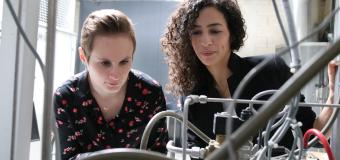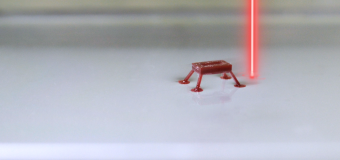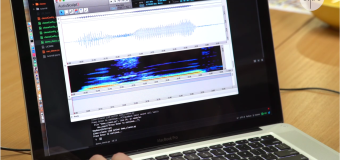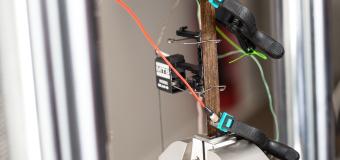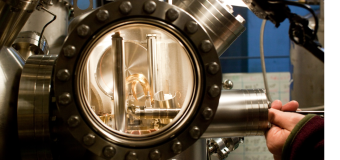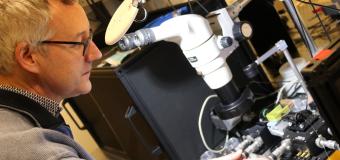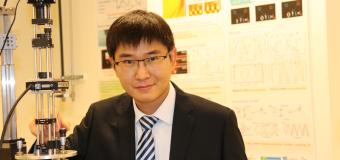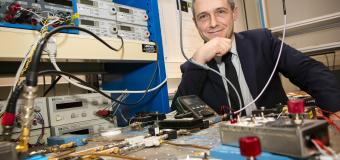An innovative solution to detect pollutants in the subsoil
Researchers from FEMTO-STinstitute and the company TOTAL SA have succeeded in detecting organic pollutants with methods that did not require sampling and have been able to monitor the evolution of the pollution of the subsoil over periods ranging up to several years.
This challenge was made possible thanks to the development of autonomous and wireless sensors capable of detecting hydrogen sulfide through a layer of sand. These results have just been published in the journal ACS Sensors.
Soil pollution, especially in basements, is a major environmental issue. This problem is very significant in areas that have been occupied for years by human activities, particularly for industrial sites. Numerous standards have been put in place to fight against this scourge, which can have consequences on groundwater and on the reuse of this land for new activities (construction, agricultural land, etc.).
The main challenge in monitoring basement pollution is to observe over long periods, up to several years, the evolution of pollution in the in the subsoil. The current principle is based on sampling at regular intervals via a triptych of field sampling-extraction-analysis. This strategy is effective in terms of analysis (detection threshold, composition, etc.) but is time-consuming and costly.
As part of a collaborative research project undertaken with funding from the French National Research Agency (UNDERGROUND project ANR-17-CE24-0037), researchers from the FEMTO-ST Institute (CNRS/Université de Franche-Comté/École Nationale Supérieure de Mécanique et des Microtechnologies de Besançon) and the company TOTAL SA have developed a new generation of sensors which can detect a very harmful pollutant, hydrogen sulphide, H2S, through a layer of sand. For this purpose, they have developed on the one hand wireless elastic wave sensors sensitive to H2S and on the other hand they have optimized the interrogation system to be able to follow the pollution of the subsoil through a layer of sand.
The starting point for this study is the use of sensors using surface elastic waves (SAW) because these transducers are passive and can be interrogated wirelessly: they do not require a local power source to operate and they can be interrogated remotely by a radio wave. They are therefore ideal for use underground. In addition, ground penetrating RADAR (GPR) is known to be a powerful tool for the geological analysis of subsoils. However, the performance of this type of GPR is not adapted to detect chemical species. Thus, researchers at the FEMTO-ST Institute, specialists in electronics and time-frequency, have modified a commercial GPR to give it the ability to interrogate SAW sensors. In parallel, chemists at FEMTO-ST have developed a coordination polymer whose mechanical properties are modified by a specific reaction with H2S, thus enabling H2S detection by surface acoustic waves (SAW). This polymer is also compatible with collective manufacturing processes used in the MIMENTO clean room of FEMTO-ST (RENATECH national network).
[[{"type":"media","fid":"6133","view_mode":"wysiwyg_350w","attributes":{"class":"media-element file-wysiwyg-350w","data-delta":"1"},"fields":{}}]]
https://pubs.acs.org/doi/abs/10.1021/acssensors.0c00013
Contacts :
Frédéric Chérioux
Jean-Michel Friedt


